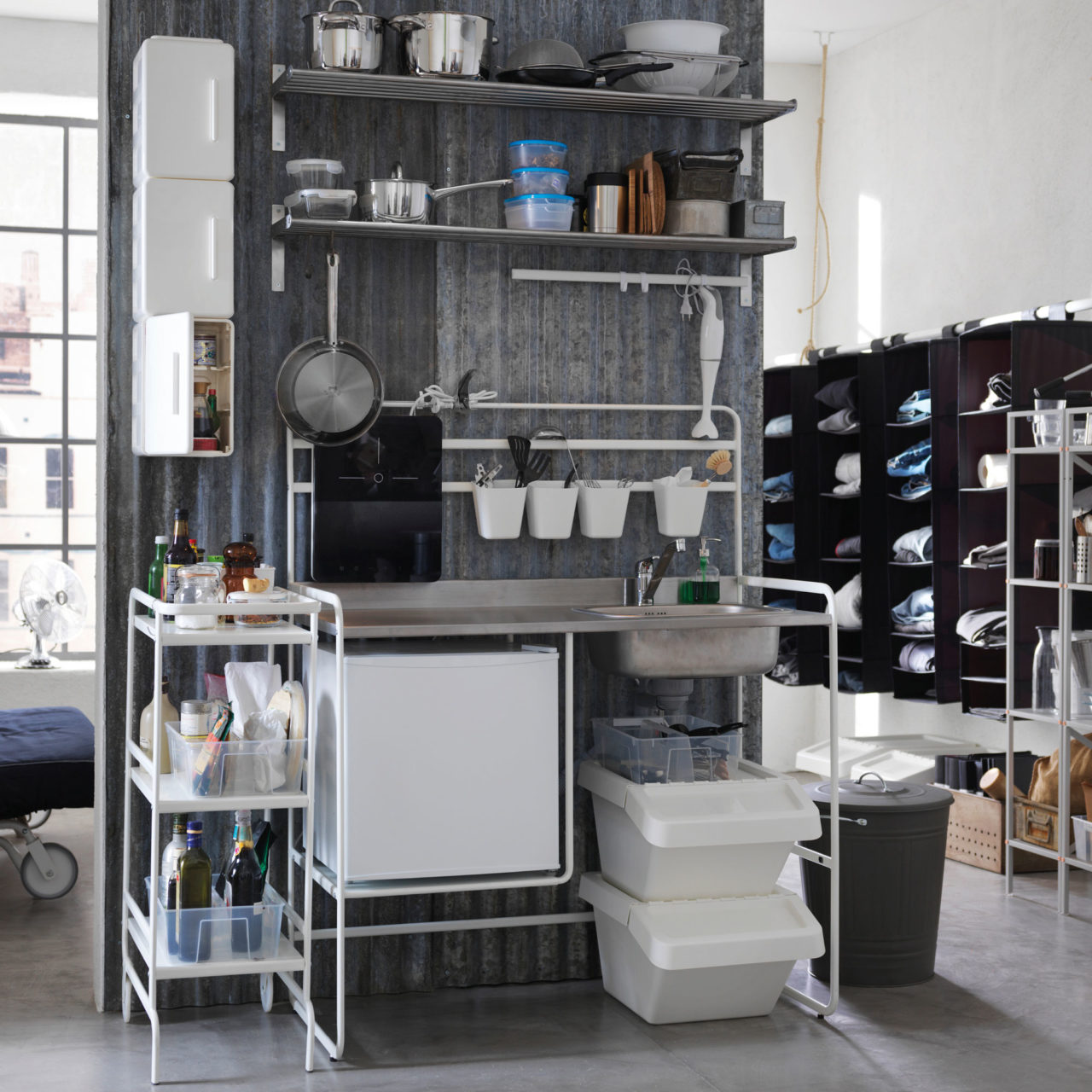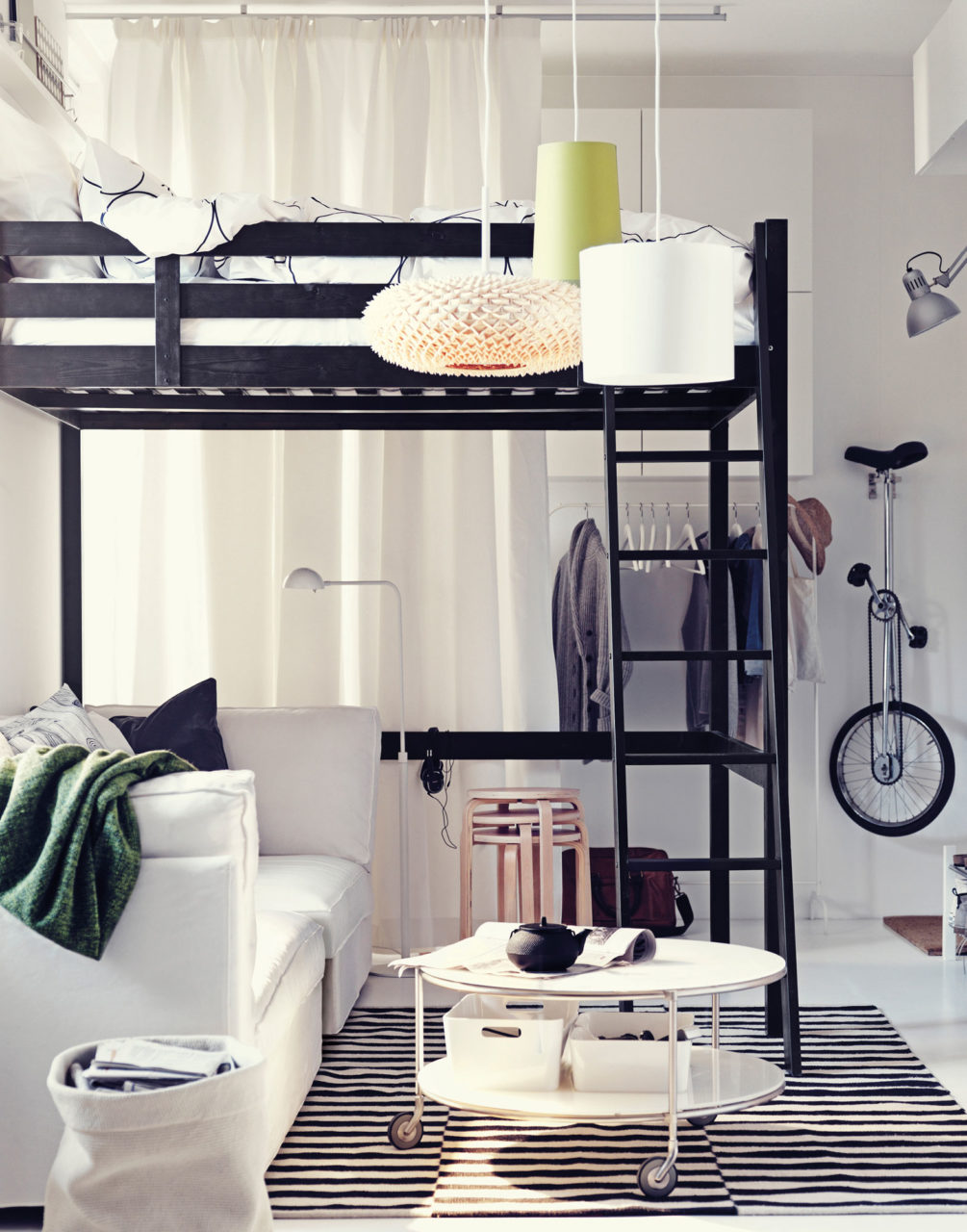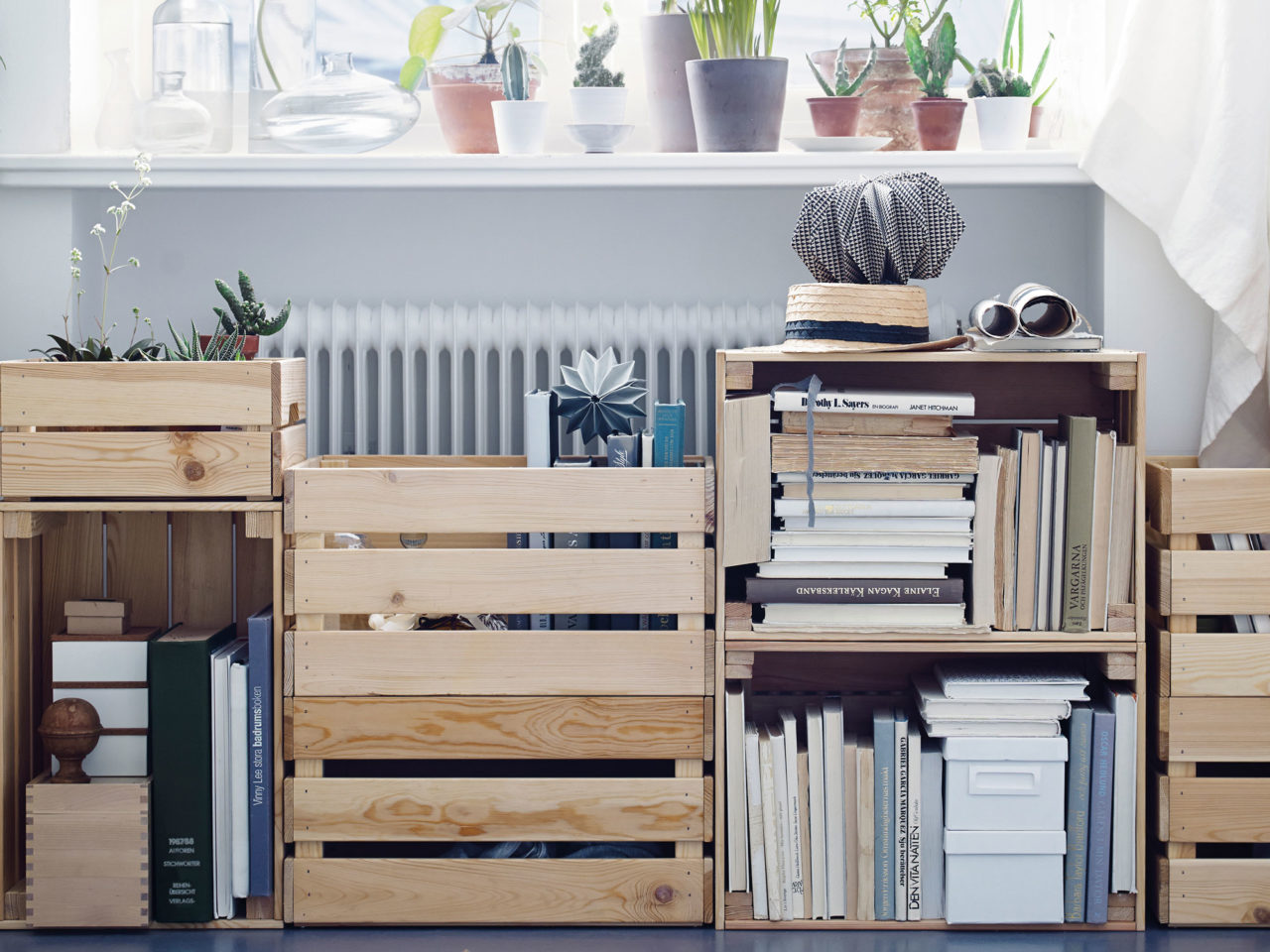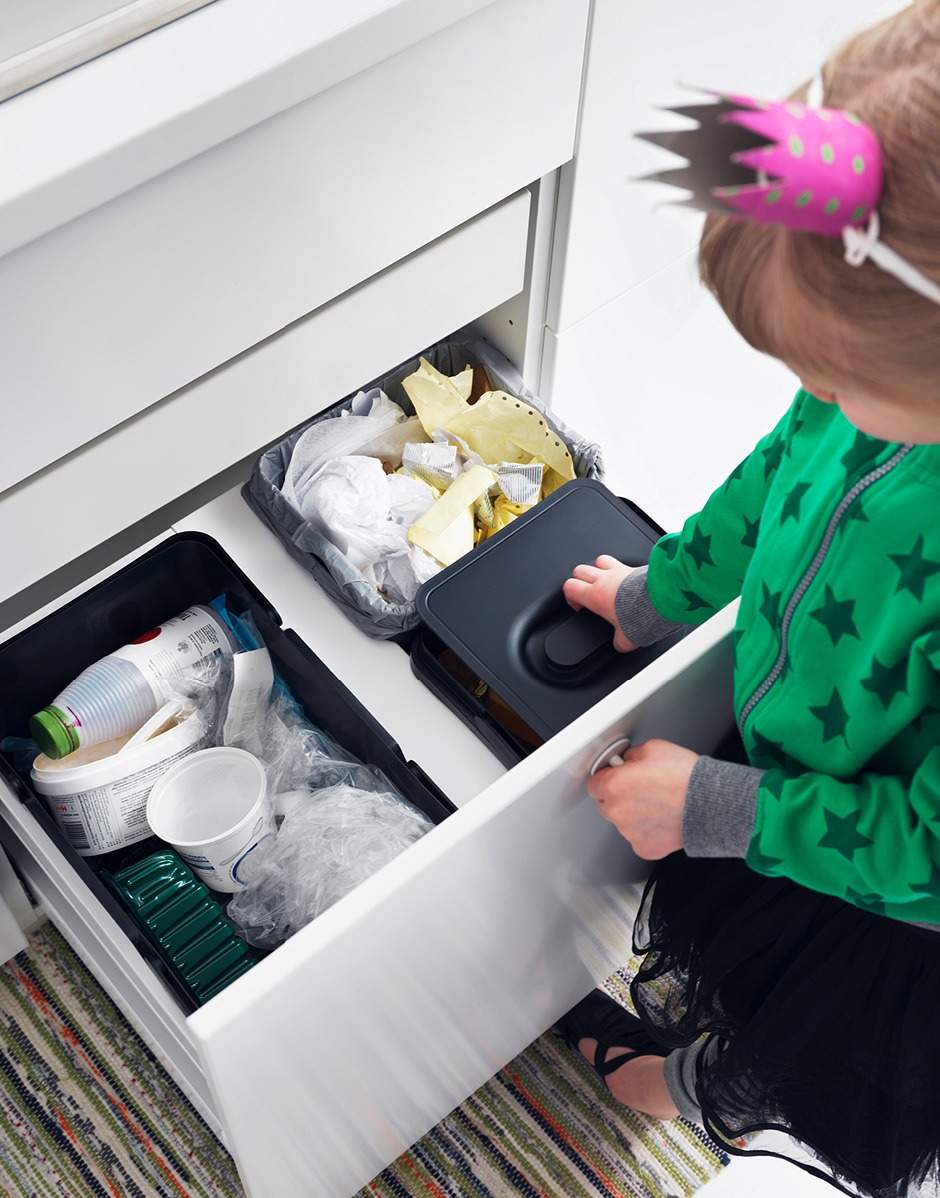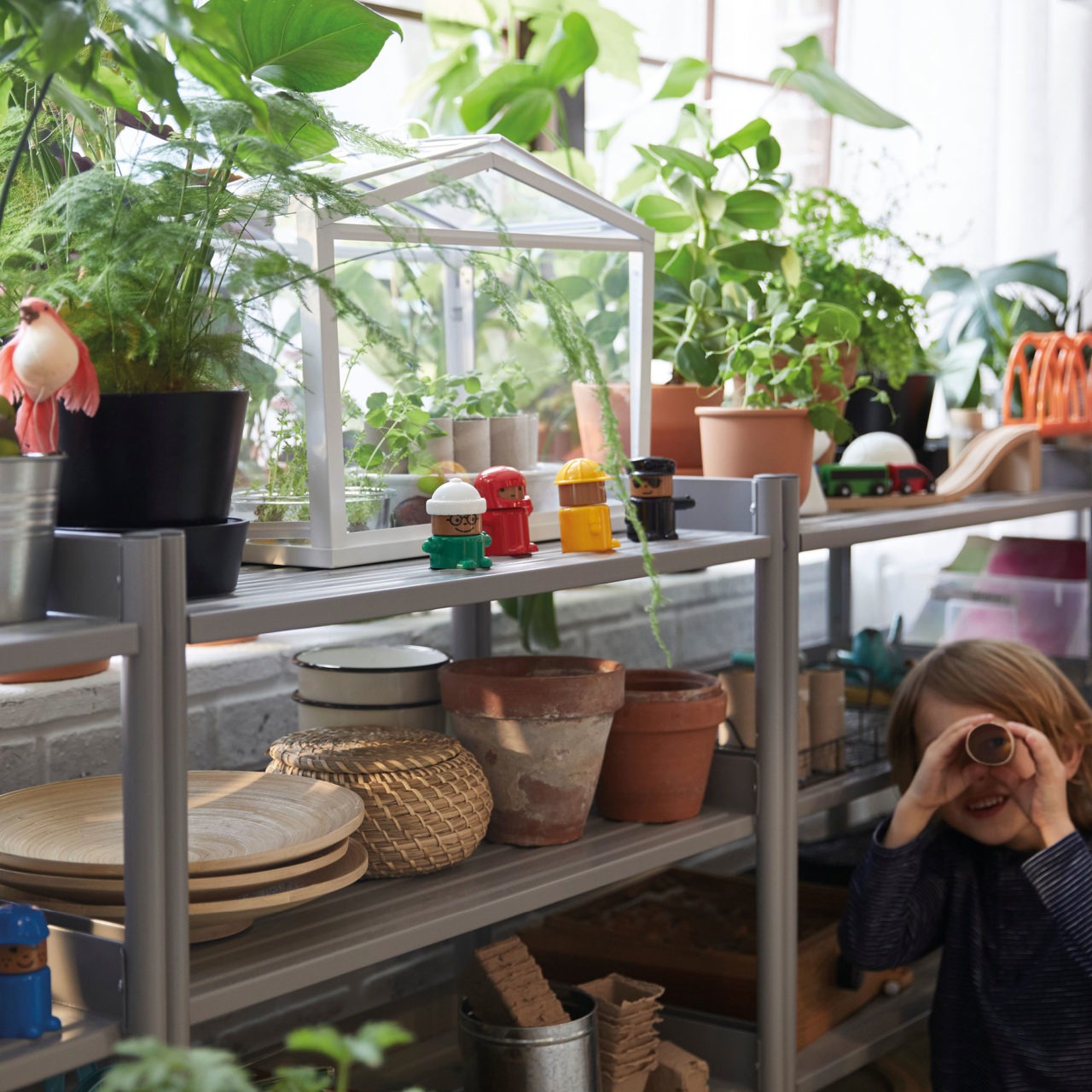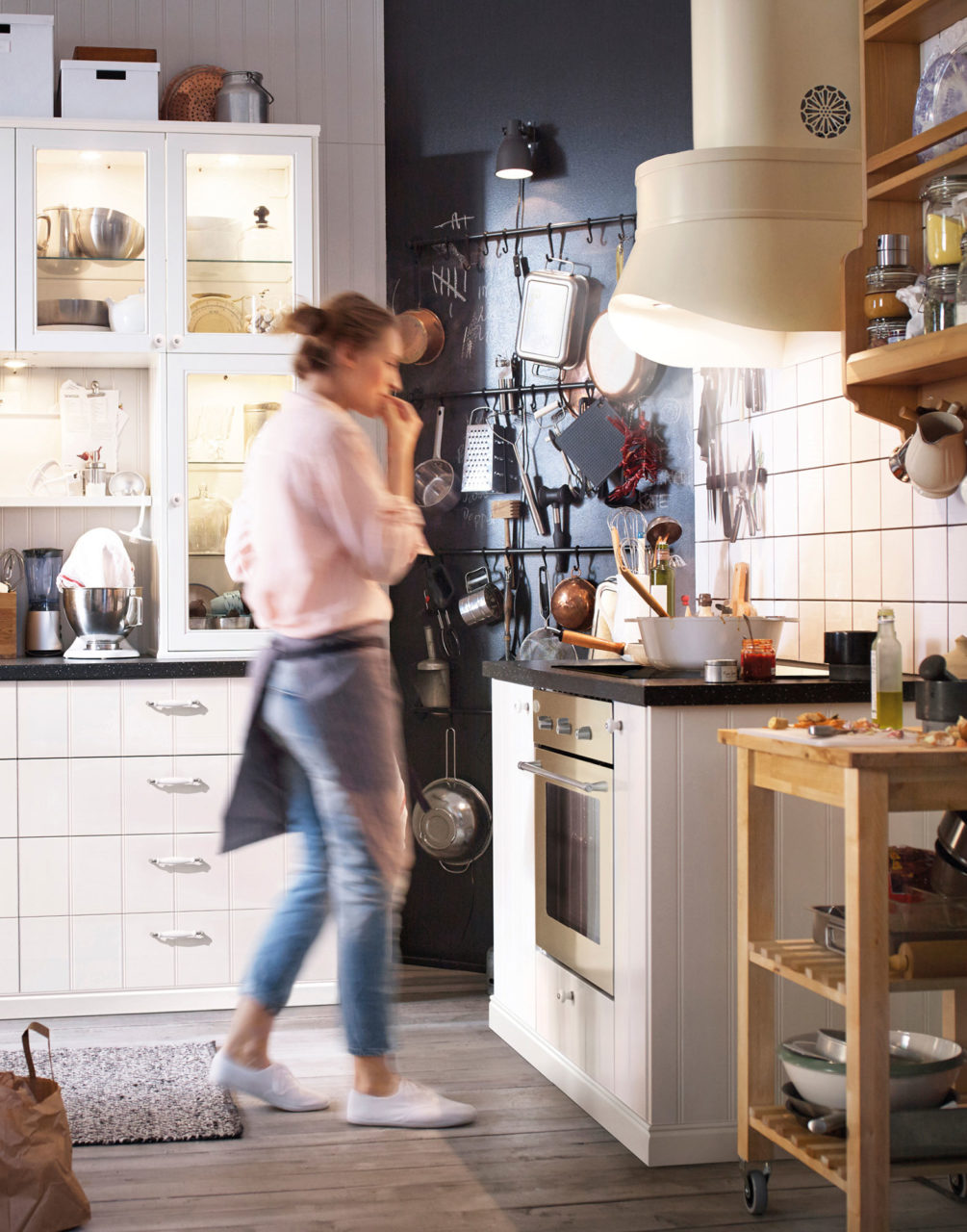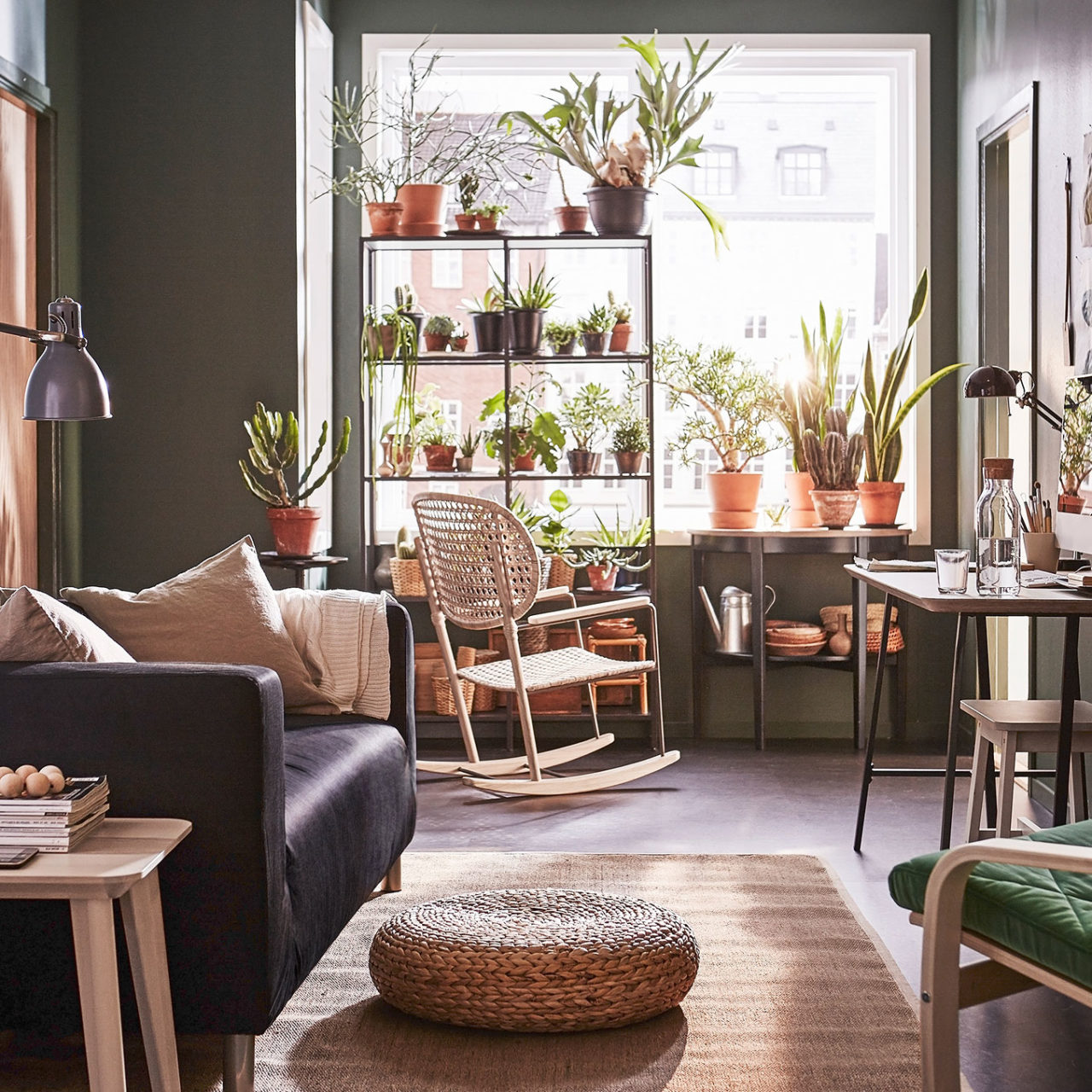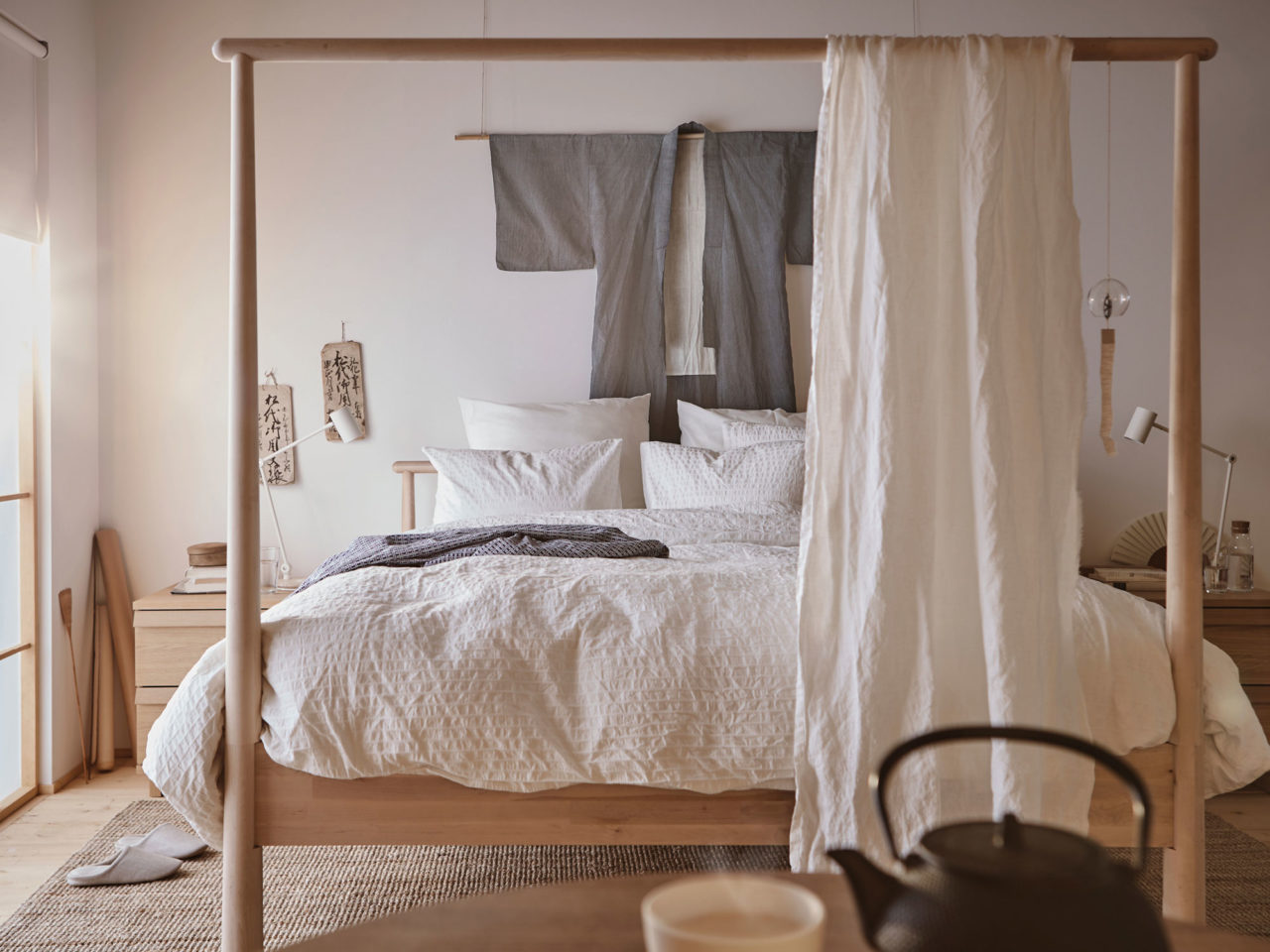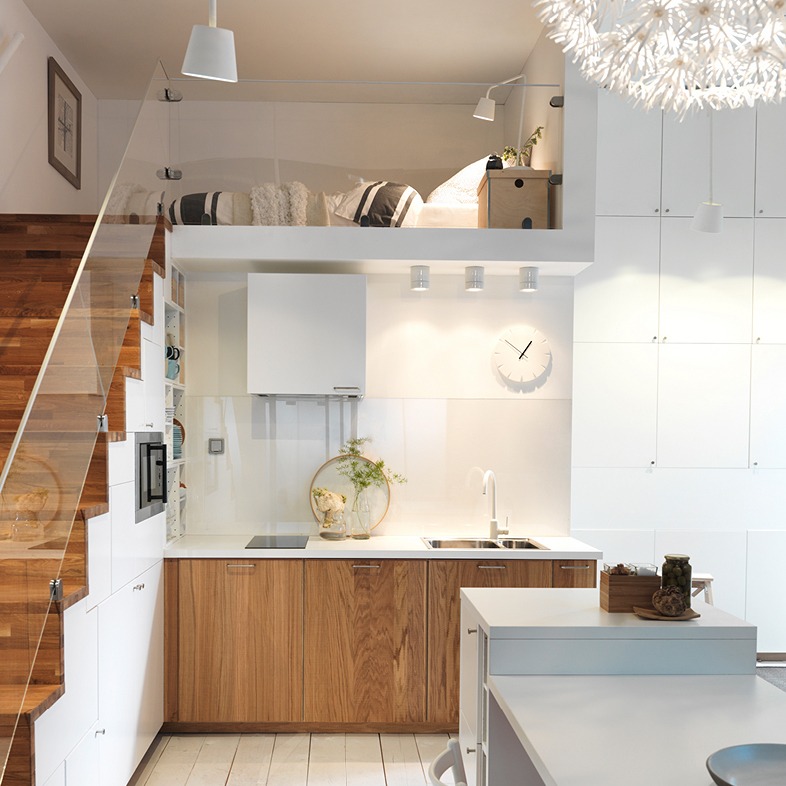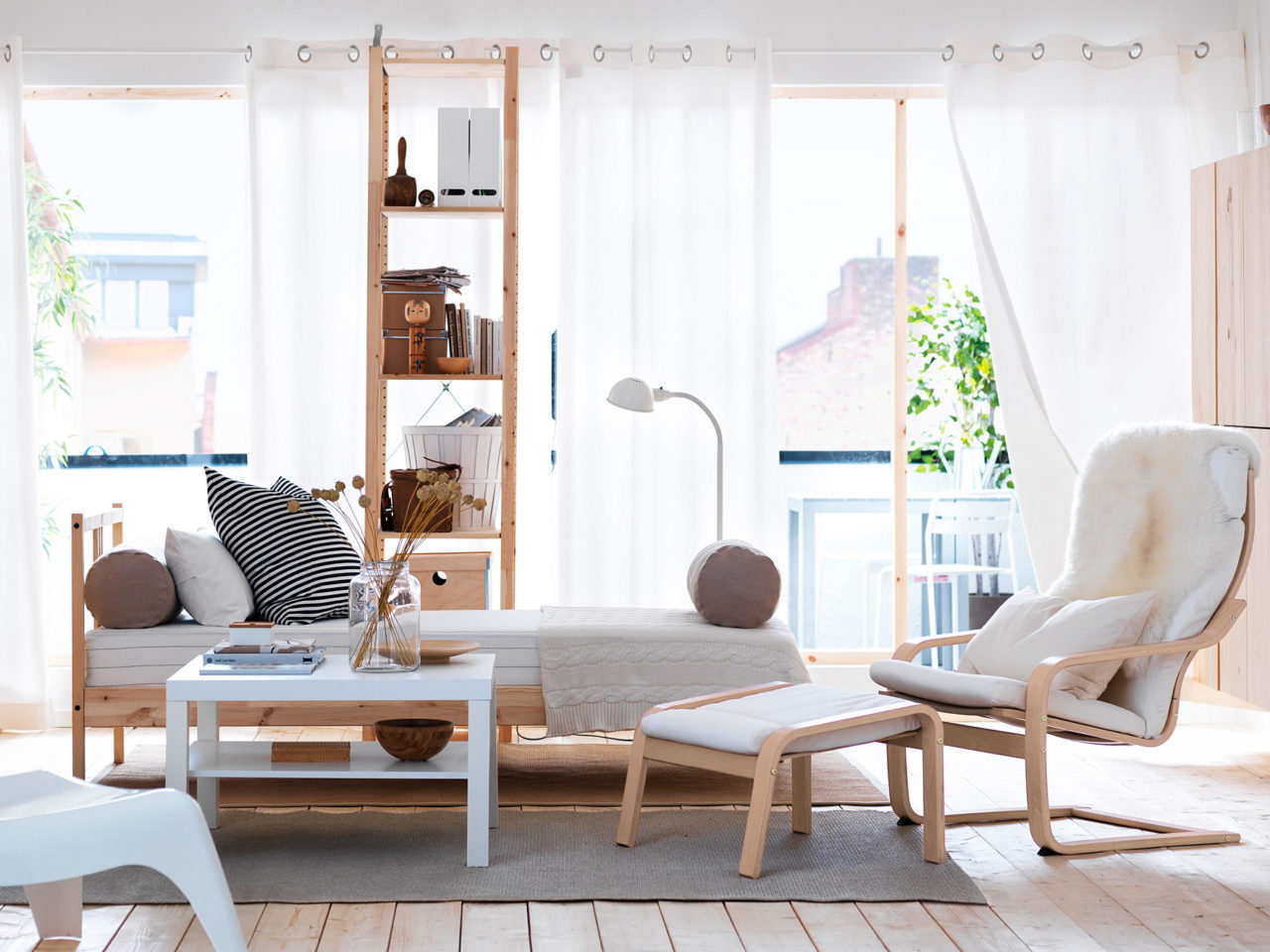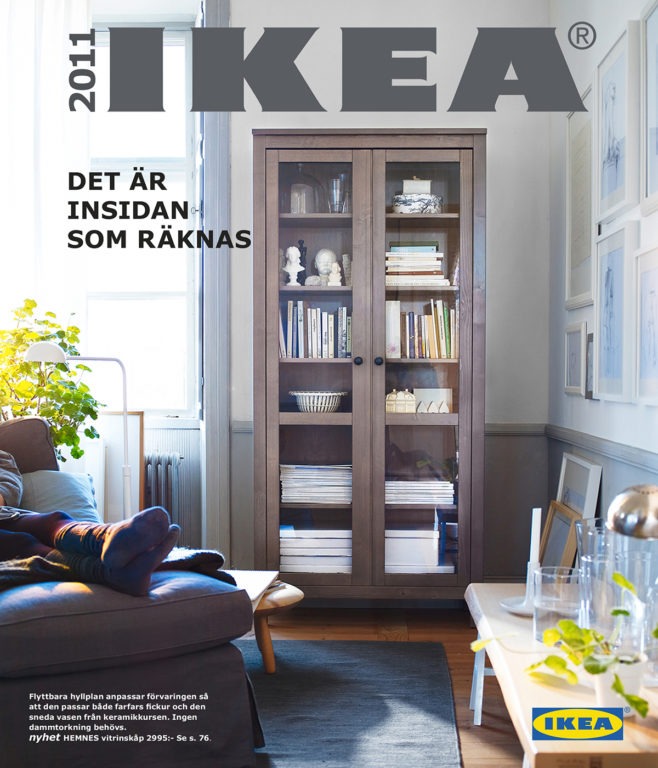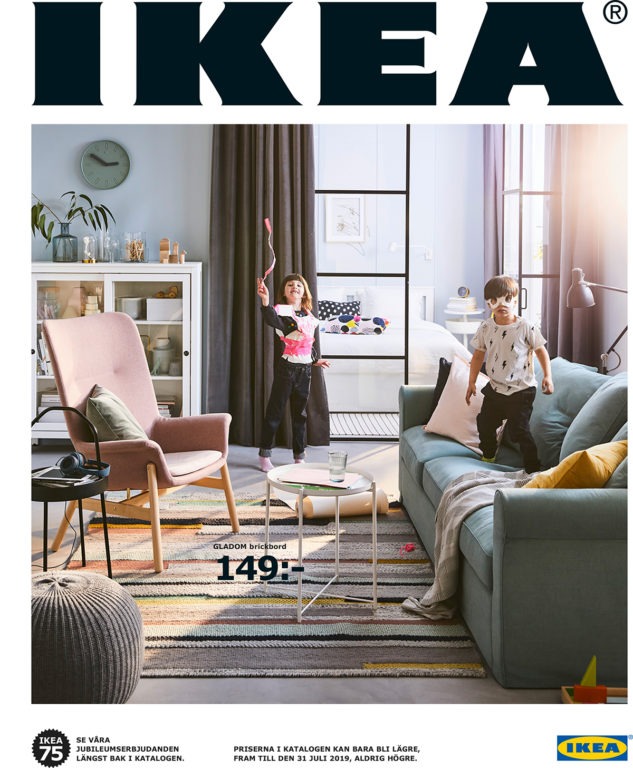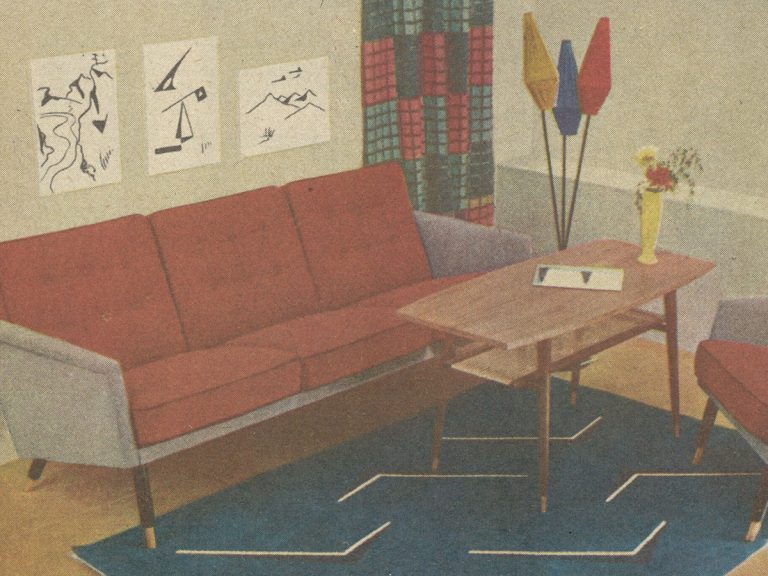A lot of people live in small spaces, especially in the world’s big cities. Functional, flexible products are needed that can meet several different needs. IKEA develops products that are stackable or fold away. Smart room dividers and multifunctional storage make it possible to create more space and make a room within a room.
Life at home
2010s
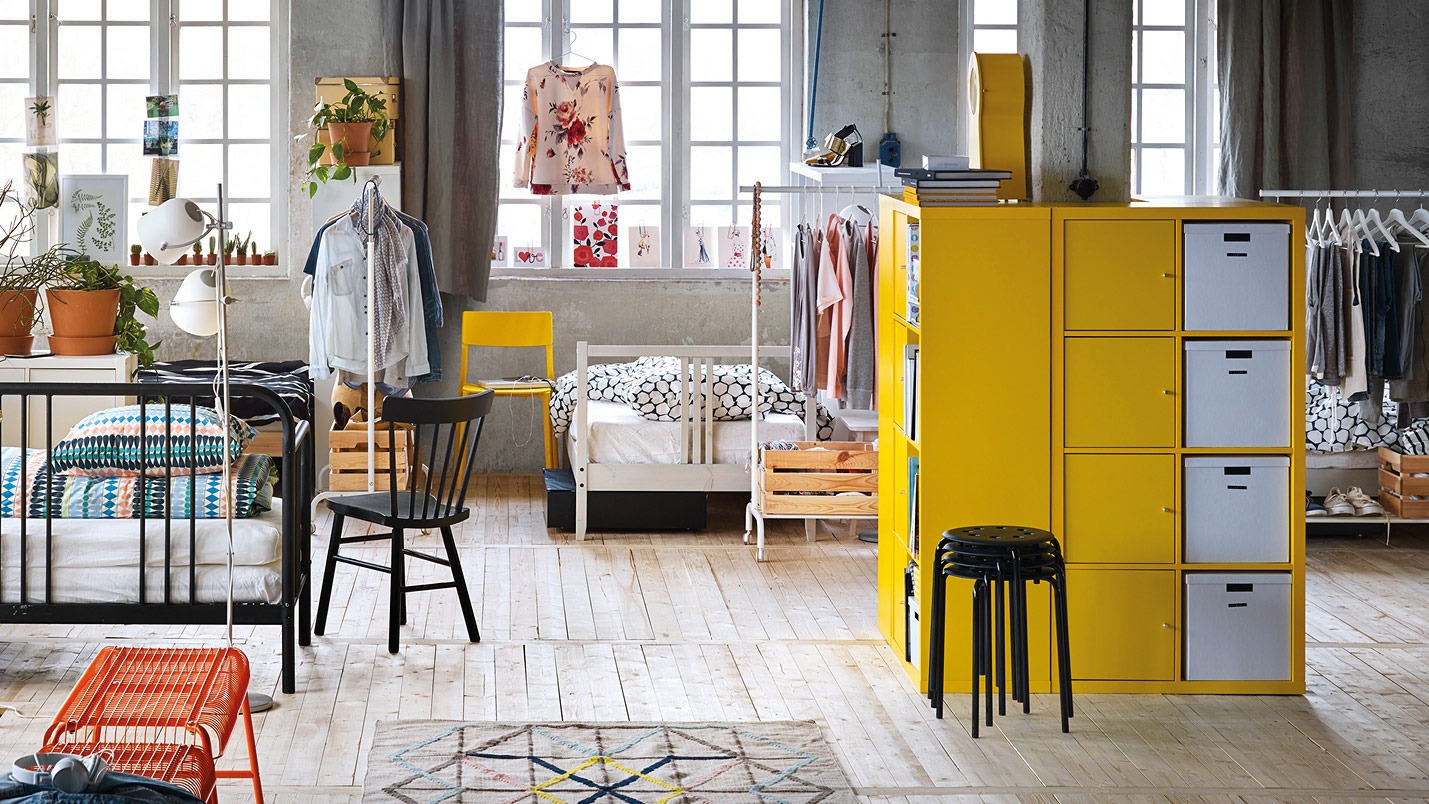
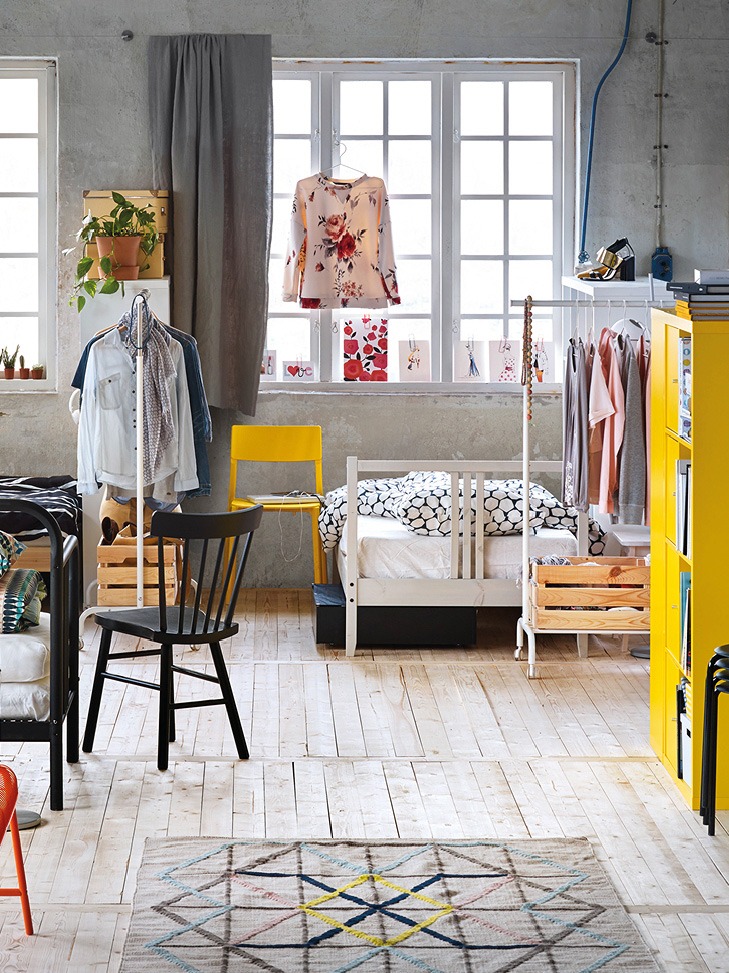
During the 2010s, the traditional boundaries between the rooms in a home continue to change and disappear. People increasingly realise that there are many different ways to live and work, and that this often affects life at home.
Functions and activities are more in focus than which room you are in. People increasingly eat, sleep and study wherever is best in that moment. The whole idea of flexibility is summed up in the expression ‘The Fluid Home’. The lifestyle is increasingly mobile, especially for young people.
Bloggers and influencers with tens of thousands, or even millions, of followers on social media inspire people with creative interior design tips and create microtrends. Environmental awareness is growing, and more and more people are striving to lead lives that go easy on the planet’s resources. Many prefer to reuse and recycle rather than buy and consume new. ‘Hacking’ IKEA furniture to make it your own and exactly what you need is also popular.
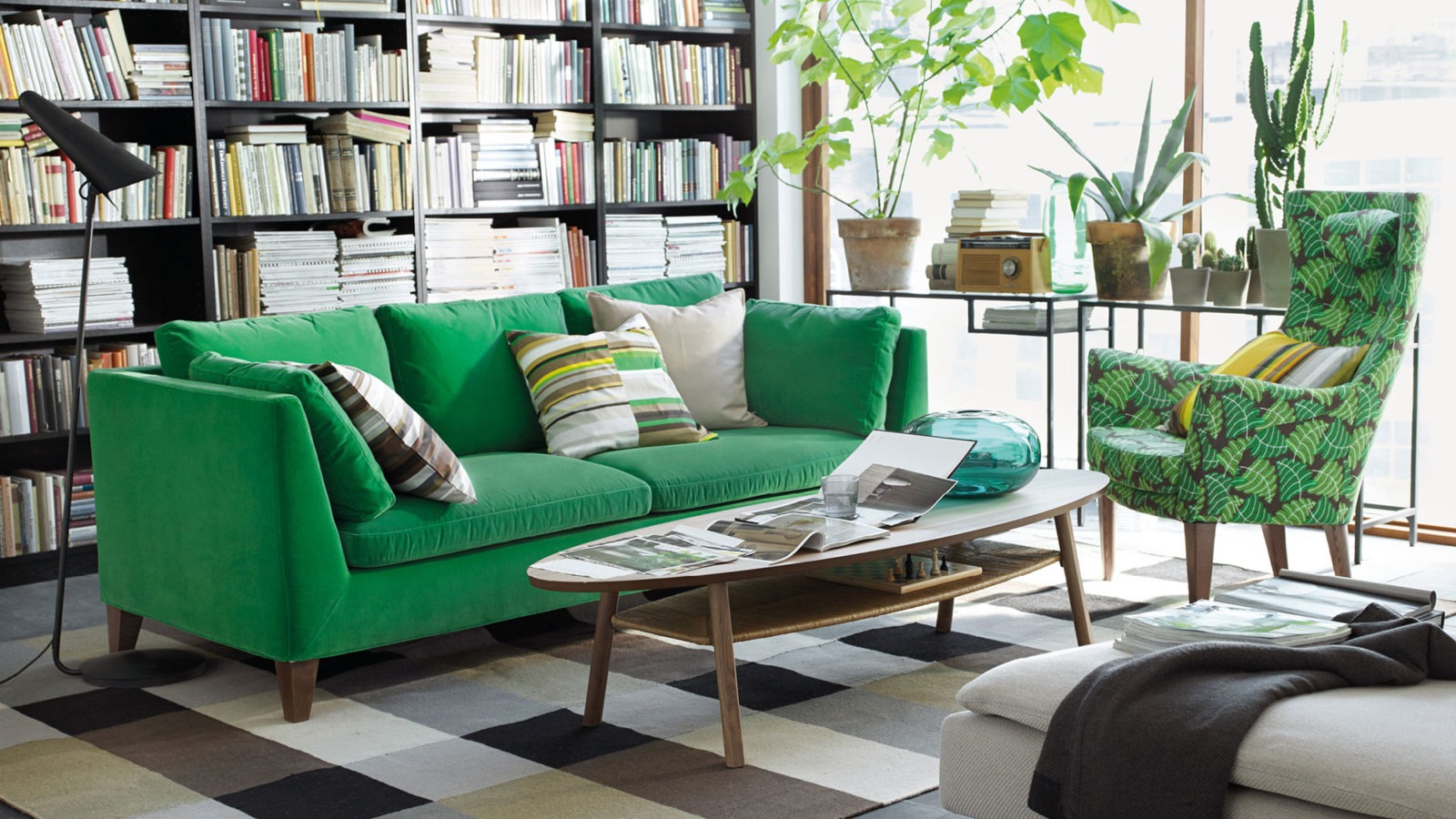
Meanwhile, IKEA intensifies its long-standing work on sustainability, developing new materials and production methods that reduce the burden on the planet. The range is increasingly characterised by sustainable products in recycled materials, or waste from other production.

